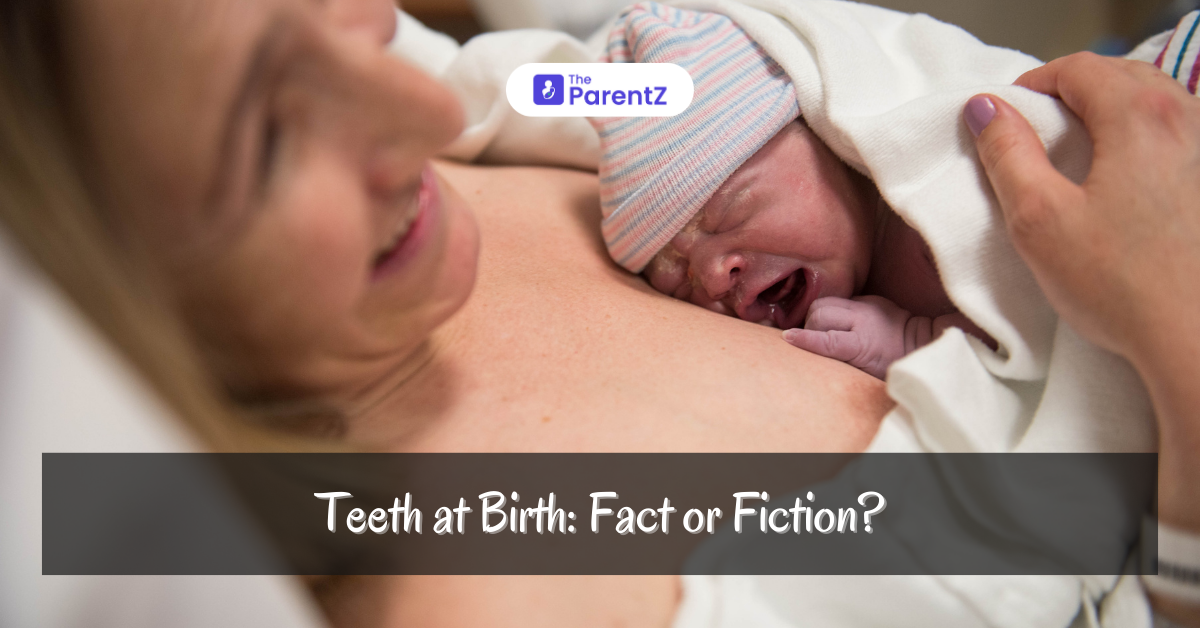The appearance of teeth at birth, known as natal teeth, is a phenomenon that has intrigued both parents and dental professionals alike. The presence of these teeth, while rare, is a factual occurrence with significant dental implications. This article delves into the reality of natal teeth, exploring their characteristics, causes, and considerations for parents and healthcare providers.
What Are Natal Teeth?
Natal teeth are teeth that are present at the time of birth. They are different from neonatal teeth, which erupt within the first 30 days of life. While both conditions are uncommon, natal teeth are rarer, occurring in approximately 1 in every 2,000 to 3,000 births. These teeth are often found in the lower front region (mandibular incisors), but can appear in other locations as well.
Characteristics of Natal Teeth
Natal teeth can vary in appearance and quality. They are typically smaller and more yellowish than the primary teeth that follow. These teeth often have a poorly developed root structure, which can make them mobile. Due to their mobility and lack of proper root support, natal teeth may be prone to early loss.
Causes and Risk Factors
The exact cause of natal teeth is not fully understood, but several factors have been associated with their development:
1. Genetics: There appears to be a genetic predisposition, as natal teeth can run in families. A history of natal teeth in one generation can increase the likelihood of their occurrence in subsequent generations.
2. Syndromic Associations: Certain syndromes, such as Ellis-van Creveld syndrome, Hallermann-Streiff syndrome, and cleft lip and palate, are associated with a higher incidence of natal teeth.
3. Developmental Factors: Some theories suggest that rapid development or premature formation of the tooth bud may result in natal teeth.
Clinical Considerations and Management
1. Examination and Diagnosis: The presence of natal teeth should prompt a thorough examination by a pediatric dentist or pediatrician. It is important to distinguish these teeth from neonatal teeth and other oral anomalies.
2. Feeding Challenges: Natal teeth can sometimes interfere with breastfeeding, causing discomfort to both the infant and the mother. In such cases, a dental consultation may be necessary to discuss management options.
3. Risk of Aspiration: Due to the mobility of natal teeth, there is a potential risk of aspiration if the tooth becomes dislodged. This risk necessitates careful monitoring and, in some cases, removal of the tooth.
4. Oral Hygiene and Care: Proper oral hygiene is crucial to prevent infections or irritation, as the surrounding soft tissues can be sensitive. Parents should be educated on how to clean the infant’s mouth gently.
5. Decision for Extraction: In certain cases, extraction of natal teeth may be recommended, especially if the tooth is highly mobile or poses a risk of aspiration. The decision should be made in consultation with a pediatric dentist, considering the overall health and well-being of the infant.
Conclusion
The presence of natal teeth is a rare but real phenomenon that requires careful consideration and management. While these teeth can present challenges, understanding their nature and associated risks can help parents and healthcare providers make informed decisions. With proper care, most infants with natal teeth can maintain good oral health and development.








Be the first one to comment on this story.